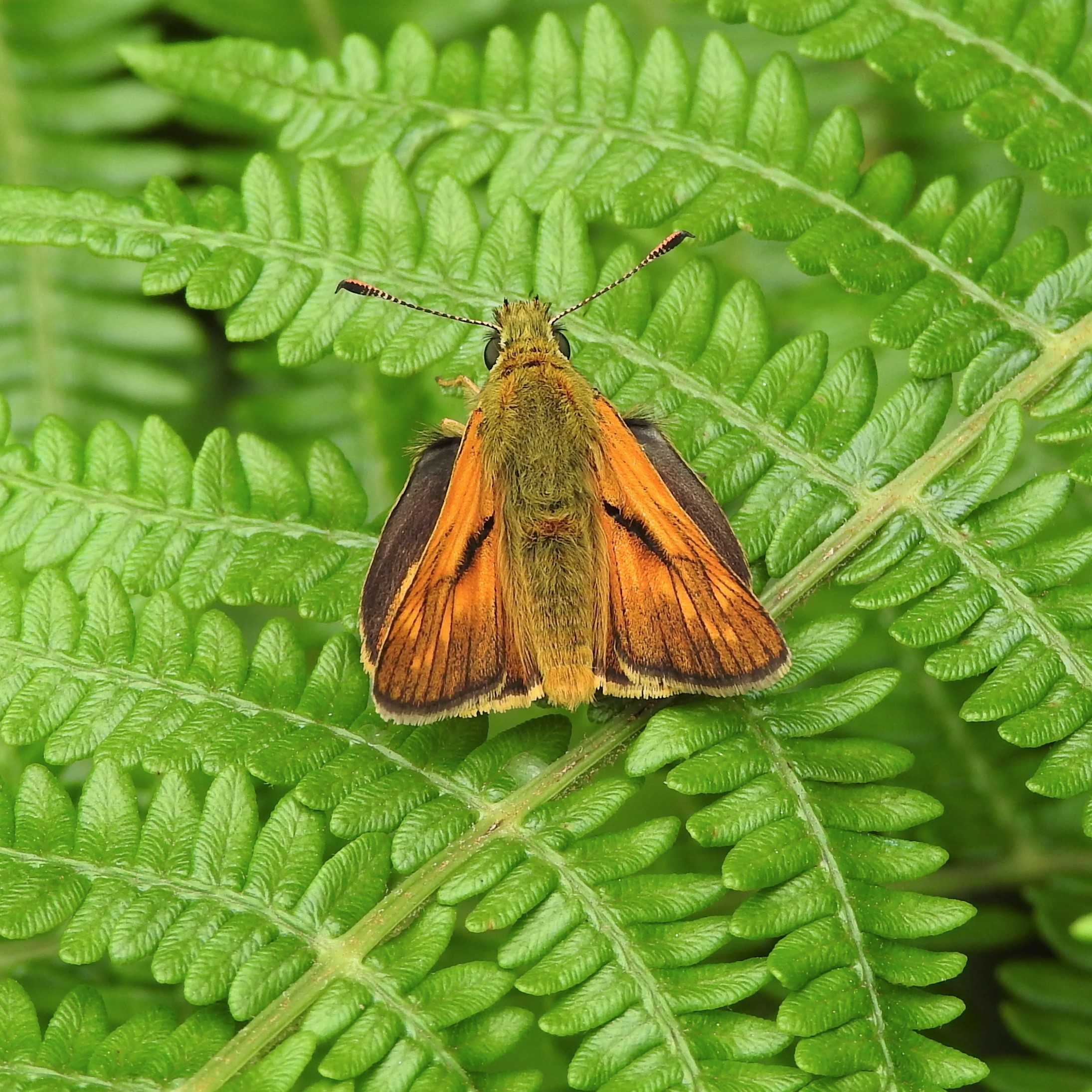New research published by the British Trust for Ornithology (BTO) reveals how the UK's gardens are acting as a safe haven for butterflies.
This study, the first of its kind to look at UK butterfly population trends in gardens separately from trends in the wider countryside, found that half of the 22 species considered saw a significant increase in their abundance within study gardens between 2007 and 2020. Although there was a corresponding increase in the abundance of butterfly populations across different non-garden habitats, on average the increases seen in gardens were greater. The study uses UK-wide data gathered by almost 8,000 dedicated volunteers participating in the BTO Garden BirdWatch (GBW) scheme, which records other garden wildlife in addition to birds on a weekly basis.
Numbers of Marbled White and Large Skipper both grew by more than 200% during the survey period, while those of Holly Blue, Small Skipper, Ringlet, Brimstone and Orange-tip doubled. Marbled White, Large Skipper and Small Skipper have recently expanded their range in the UK, probably in response to climate change; although these grassland species are not typically associated with gardens, their increases are markedly greater in gardens than elsewhere. It isn’t clear why these and other species are doing so well in gardens but gardens could be providing a valuable refuge and feeding opportunities for adult butterflies.
The study found strong similarities between these new, garden-focused butterfly population trends and those previously reported more broadly by the UK Butterfly Monitoring Scheme (UKBMS). This suggests that patterns of abundance in gardens are largely a reflection of the changes that are occurring nationally. However, given that numbers are increasing to a greater extent in gardens than in wider countryside habitats, the study suggests that gardens may have an important role to play in sustaining the UK’s butterfly populations now and in the future.
Effective monitoring of butterflies in gardens allows us to determine how population trends might vary across different habitat types so we can better understand the impacts of human activities on wildlife more broadly. Private gardens are often difficult to access, however, so coverage using professional surveys has often been poor. This citizen-science approach, engaging garden owners in the collection of information on butterflies, is an important step towards understanding the role that private gardens can play in butterfly conservation.
Importantly, the study’s findings highlight that individual garden owners have a role to play in protecting and enhancing UK butterfly populations through their gardening choices.
Dr Kate Plummer, BTO Senior Research Ecologist and lead author on the paper, says: “It is extremely encouraging to see that gardens are contributing to the population growth of some of the UK’s widespread butterfly species. We are increasingly finding that gardens are crucial for biodiversity conservation, and these new findings certainly support that. Ongoing monitoring, with the help of citizen scientists, will help us to better understand how to maximise the positive environmental impacts of our gardening activities.”
Dr Michelle Reeve, BTO Garden BirdWatch Manager, says: “Thanks to the recording efforts of our dedicated Garden BirdWatch participants, we are understanding more and more about the importance of garden habitats for all sorts of wildlife. The fates of bird populations are inextricably linked to that of other species, including butterflies, so learning how they are faring is crucial.”
Dr Emily Dennis, Senior Ecological Statistician at Butterfly Conservation, says: “This new study suggests that gardens may play a role in supporting populations of some of the UK’s widespread butterfly species, and encourages the positive contribution that adopting wildlife-friendly gardening practices, such as planting suitable nectar plants, can have in helping support common wildlife populations.”


